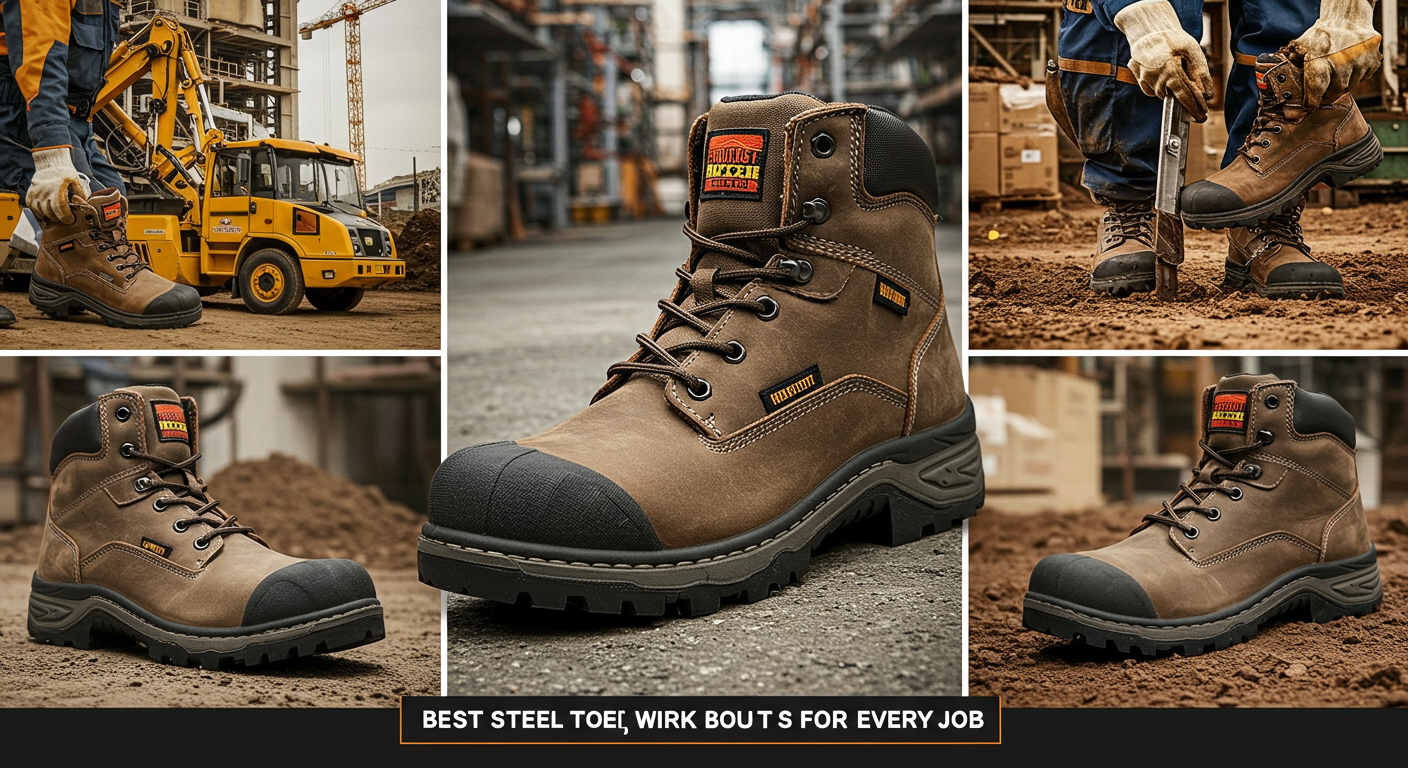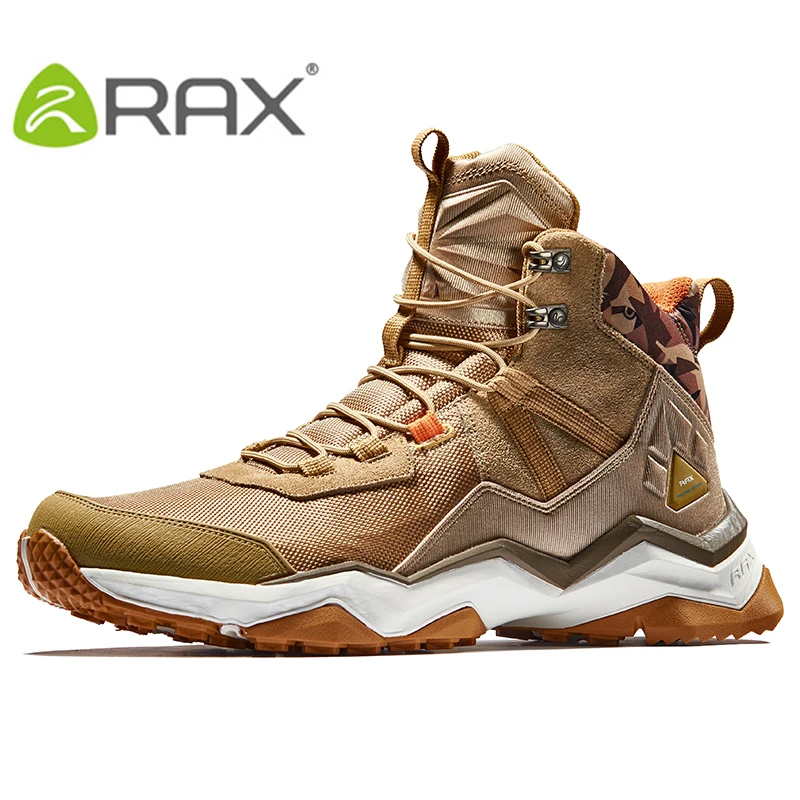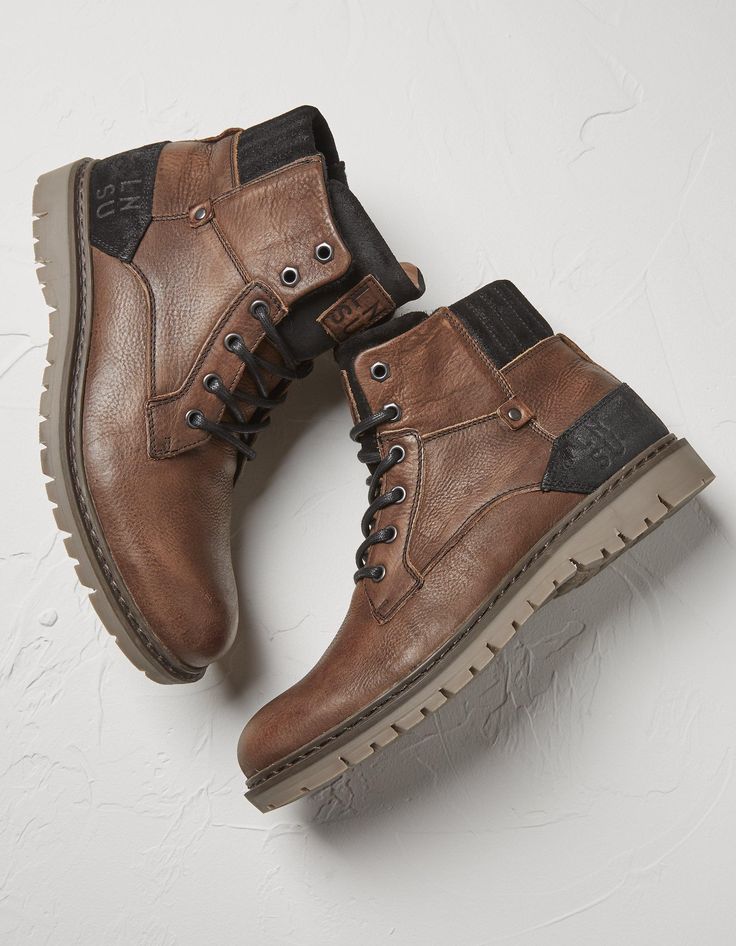
Best Steel Toe Work Boots: Durable Protection for Every Job
When it comes to workplace safety, steel toe work boots
When it comes to workplace safety, one of the most overlooked aspects is footwear. The right pair of safety shoes doesn’t just keep you comfortable—it protects you from serious injuries that could keep you off the job for weeks. With so many options available, from steel toe boots to slip-resistant shoes, it can be overwhelming to know which type is best for your work environment.
This guide will help you choose the right safety shoes tailored to your job, while linking you to more in-depth resources for specific footwear types.
-13.gif?w=638&h=478&_f=1)
Before buying safety shoes, evaluate the potential risks you face daily.
Construction workers deal with heavy falling objects → Steel Toe Boots are often the best option. (Learn more in our guide to Best Steel Toe Work Boots)
Electricians are exposed to electrical hazards → Composite Toe Shoes are a safer alternative. (See our article on Composite Toe vs Steel Toe Shoes)
Healthcare or restaurant staff face slippery floors → Slip-Resistant Shoes provide superior traction. (Check out our guide to Best Slip-Resistant Shoes for Nurses)
By identifying the hazards first, you can narrow down the type of protection you need.
Not all safety shoes are created equal. Here are the most common options:
– Classic choice for heavy-duty protection. Best for construction and warehouse work.
– Lightweight, metal-free, and perfect for electricians or airport workers.
– Provide extra protection across the top of your foot.
– Reduce chances of slips, trips, and falls, especially in healthcare and food service.
– Feature midsoles that prevent sharp objects from penetrating.
For a deeper breakdown of all safety shoe categories, see our Ultimate Guide to Safety Shoes.
Different jobs demand different footwear features:
Outdoor or field engineers → waterproof, insulated safety boots.
Warehouse & factory workers → durable steel toe shoes with puncture resistance.
Healthcare staff → lightweight slip-resistant shoes that are easy to clean.
Office + field workers → versatile safety sneakers for mobility and comfort.
Looking for profession-specific recommendations? Browse our guide to Best Work Shoes for Every Profession.
Safety means nothing if you can’t wear the shoes all day. Look for:
Breathable materials for long shifts.
Proper arch support to prevent fatigue.
Lightweight construction to reduce strain.
Correct sizing—too tight causes blisters, too loose reduces stability.
Still unsure how to find the right pair? Check our Safety Shoes Buying Guide for sizing tips and expert advice.
Make sure your footwear meets local and international standards like:
ASTM (American Society for Testing and Materials)
OSHA (Occupational Safety and Health Administration)
EN ISO 20345 (European Standard)
These certifications ensure your shoes provide real protection, not just marketing claims.
Even the best shoes wear down if not cared for properly.
Clean regularly to prevent buildup of dirt and chemicals.
Store in a cool, dry place.
Replace when soles are worn or toe caps are exposed.
While budget matters, safety shoes are an investment. Cheap, low-quality shoes may wear out faster and fail to protect you when accidents happen. Instead of focusing only on price, compare durability, comfort, and certifications. A slightly higher upfront cost often saves money long-term because quality safety shoes last longer.
If you want to balance price and protection, our Safety Shoes Buying Guide includes recommendations for every budget.
Many workers unknowingly make errors when choosing footwear:
Picking the wrong toe protection (steel vs composite).
Ignoring slip-resistance in wet environments.
Choosing the wrong size for the sake of quick buying.
Forgetting to check safety certifications.
By avoiding these mistakes, you’ll get shoes that not only pass inspections but also keep you safe daily.
For more tips, see our full article on How to Maintain and Clean Safety Shoes.
Choosing the right safety shoes isn’t just about compliance—it’s about protecting your health, comfort, and long-term productivity. By assessing your workplace hazards, understanding the different shoe types, and paying attention to comfort and standards, you’ll find the perfect fit for your job.
Ready to find your pair? Explore Footlynx’s collection of Safety Shoes
and step confidently into your work environment.

When it comes to workplace safety, steel toe work boots

When it comes to workplace safety, one of the most

When most people hear the term women’s orthotic shoes, they

Steel toe hiking boots aren’t just for mountaineers or avid

When it comes to work, the right shoes can make